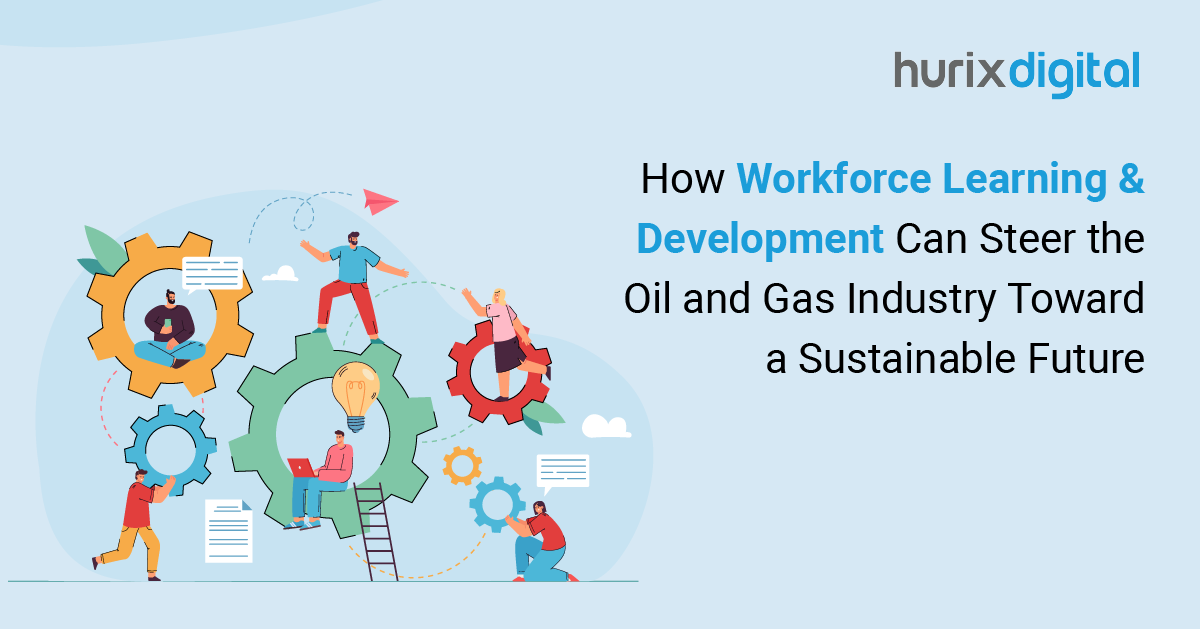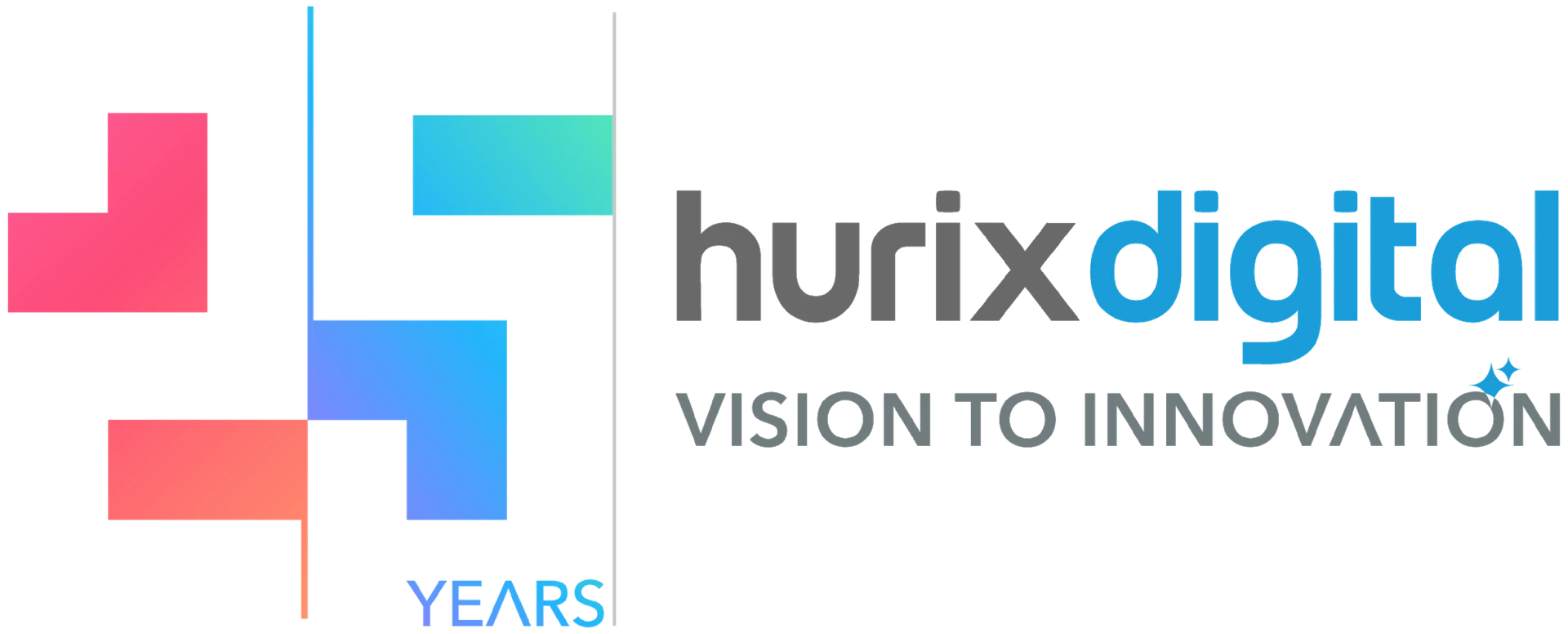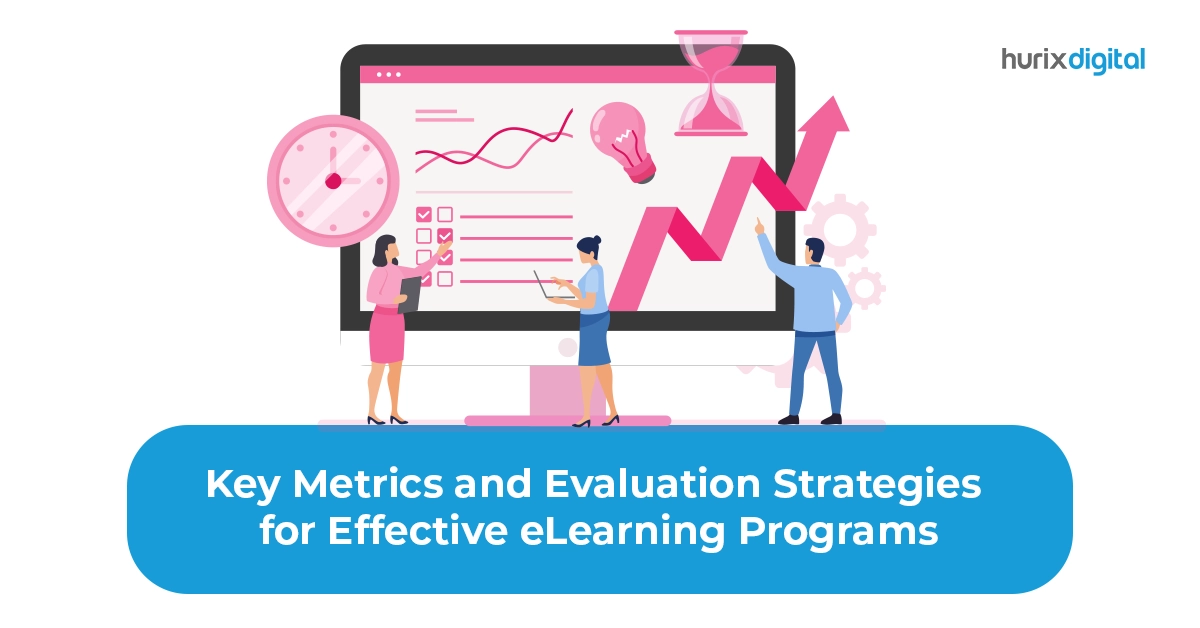
How Workforce Learning & Development Can Steer the Oil and Gas Industry Toward a Sustainable Future?
Summarize with:
According to the International Energy Agency (IEA), the oil and gas industry accounts for nearly 15% of all global emissions. While there has been a shift toward renewable energy, contrary to popular belief, the oil and gas industry is not limited to the fuel it provides to help us move about.
This industry’s derivatives are used in everything from personal skin care products to pharmaceuticals and provide for our energy needs. In short, this industry is tied to every facet of our daily lives.
With unprecedented global warming, the push toward sustainability for this industry is critical. This June (2024) has been the warmest in the 175 years that the National Oceanic and Atmospheric Administration has been tracking global temperatures. One way to fast-track progress toward sustainability is to bring about a change from the ground up via workforce training and development.
This blog will highlight the current hurdles this industry has to overcome to attain sustainability and how you can use L&D to overcome them.
Table of Contents:
- The Current Challenges Facing the Oil and Gas Industry in Its Progress toward Sustainability
- How Can Workforce Learning and Development Help Address the above Challenges?
- Best Practices When Implementing Workforce Learning and Development
- Summing Up
The Current Challenges Facing the Oil and Gas Industry in Its Progress toward Sustainability
The Oil and Gas industry is at a critical juncture. On the one hand, there is a rising demand for fossil fuels, while on the other hand, there is immense global pressure to attain high levels of sustainability.
One of the primary hurdles this industry faces is renewable energy integration into the current supply chain. While renewal energy is by no means a new technology, its integration into this industry requires a monumental shift in technology, the infrastructure to support it, and the implementation of new SOPs.
Then, we come to the skills gap. The Oil and Gas industry is primarily comprised of engineers who specialize in petroleum, biochemical, or physics combined with welders, drilling experts, pipeline specialists, and so on. What it needs is expertise in corporate sustainability programs.
Finally, we get to adequate training and workplace compliance. What do the DeepWater Horizon spill of 2010, the Exxon Valdez Oil spill of 1989, and the Piper Alpha incident of 1988 have in common? Any guesses? They were all incidents that occurred as a result of human error. A study has found that this one factor, human error, accounts for nearly 70% of all accidents in this industry. A challenge that needs to be addressed with the stakes being this high.
Also Read: How to Use Simulations in Online Learning?
How Can Workforce Learning and Development Help Address the above Challenges?
The Oil and Gas industry can take significant strides toward sustainability by investing in workforce learning and development. Doing so can help in the following:
1. Cultivate a Sustainability Mindset
To initiate a shift toward sustainability, you must initiate a foundational change in the mindset of people who work in this sector. Workforce sustainability training will help educate employees and decision-makers about the
- Environment impact of the industry.
- Raise awareness about the importance of sustainability
- Educate the workforce about any corporate sustainability programs their organization has committed to.
2. Bridge the Skills Gap
Once you have sowed the seeds of change, the next step is to bridge the skills gap required to integrate renewable energy with existing systems. Workforce learning and development can help upskill existing employees or train new hires on renewal energy systems or their management.
3. Improve Operational Efficiency
Any improvement in efficiency has a direct impact on sustainability. Implementation of the right technology, for example, IoT sensors at key junctures, can help prevent the waste of precious resources like water and energy. That said, the adoption and implementation of any new tech must be supplemented by adequate training to extract the most out of them.
4. Safety and Regulatory Compliance
Robust training programs can significantly reduce the risk of accidents and environmental incidents like the ones we covered earlier. The oil and gas industry requests strict adherence to SOPs, safety protocols, environmental regulations, and, if all else fails, emergency response and disaster management protocols.
5. Drive Innovation
An ancillary benefit of investing in workforce learning and development is innovation. A training environment is a prime location to discuss and share ideas that can help your specific organization come up with the best sustainability initiatives in the oil & gas industry and innovation that can help drive other industries toward a greener future, too.
Best Practices When Implementing Workforce Learning and Development
Implementing change is not easy and if you want to drive sustainably, especially in the oil and gas industry, you will have to adhere to a few workforce learning and development best practices. Here are a few of them:
1. Start with Assessment: Nearly 70% of employees expect their organization to invest in them and say that learning helps them connect better with the organization. Include your employees in the decision-making process to face less resistance down the road.
2. Set Well-Defined Learning Goals: Setting goals has a big impact on learning. They provide direction and the necessary motivation. In tandem with a Learning Management System (LMS), they also provide a means to track progress for both the workforce and management.
3. Use Blended Learning: Blended learning, succinctly put, is a combination of various learning methodologies such as classroom learning, simulations, online courses, and gamification and has a proven track record of improving engagement levels and knowledge retention.
4. Strive for Continuous Improvement: L&D is not a one-time exercise but rather a cyclic process of continual improvement. Assess your progress at fixed intervals and learn, improve, and adapt your training methodology accordingly.
Also Read: 5 Steps to Create a Collaborative Learning Environment at the Workplace
Summing Up
The Oil and Gas industry has a long way to go before it can come close to achieving net zero. That said, a well-planned workforce learning and development program can accelerate its progress toward getting there. The key is a cycle of continual improvement.
When it comes to workforce L&D, the right training partner can make all the difference. We at Hurix Digital have over 20+ years of experience and have helped over 250 organizations worldwide with their workforce L&D needs.
With a crack team of over 800 digital experts, we provide industry-specific learning interventions and cutting-edge simulated learning experiences and offer consults to help better your in-house workforce L&D practices.
Get in touch with us to know more.
Summarize with:

Senior Vice President
Julia brings over 20 years of global experience in digital learning and business strategy. She specializes in client success, enterprise learning solutions, and driving growth through innovation, with a focus on AI, VR, and emerging technologies across diverse industry verticals.
 A Space for Thoughtful
A Space for Thoughtful 



